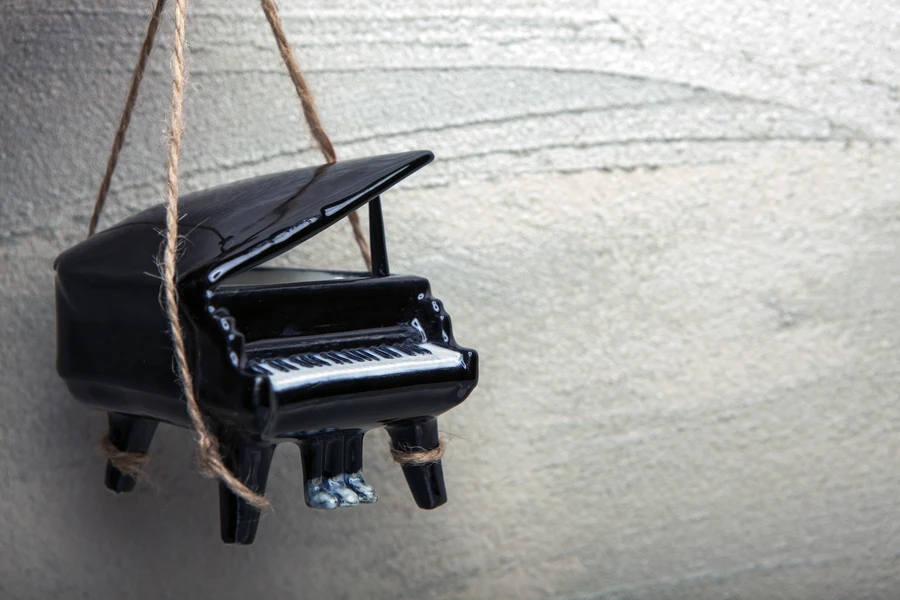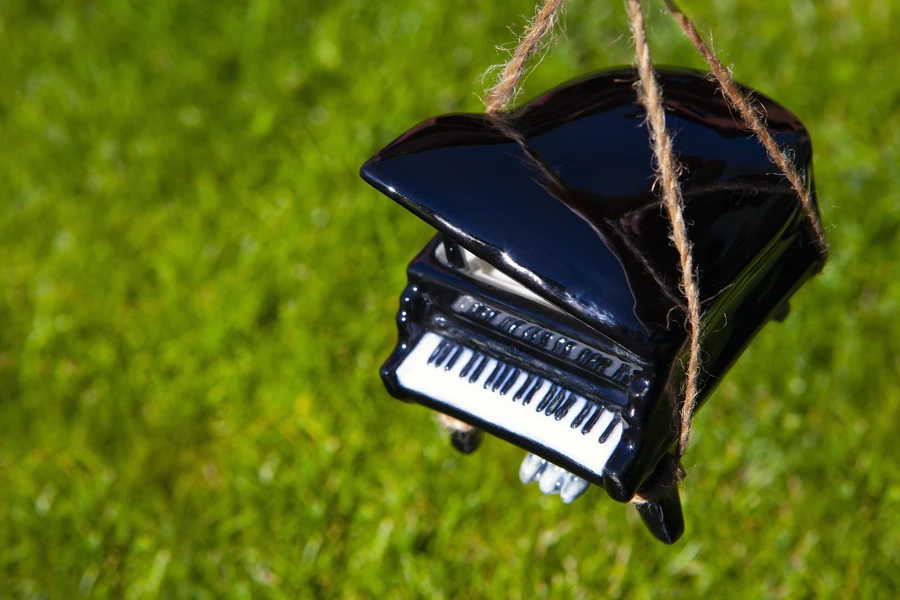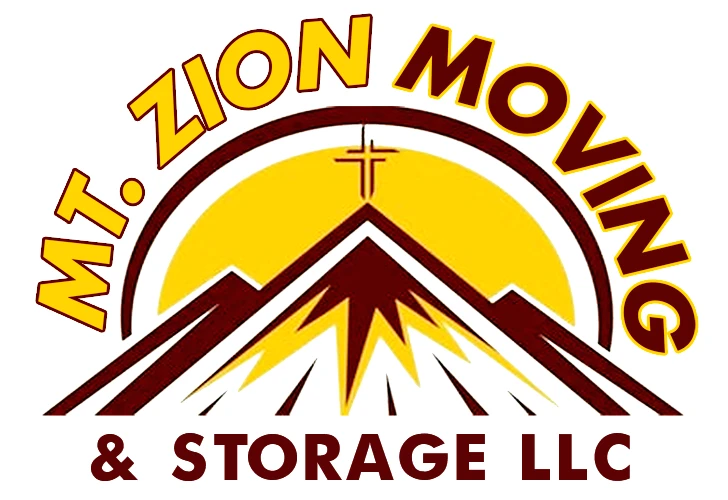Steps to Ensure a Smooth Transition for Your Precious Instrument
Moving can be stressful, especially when it involves delicate and valuable items like pianos. These grand instruments require special attention to ensure they arrive at their new home unscathed. This guide will walk you through the essential steps to prepare your piano for a smooth transition. Whether you’re handling a grand or an upright piano, these tips will help protect your investment during the move.

The Importance of Proper Packing
Packing your piano correctly is crucial to prevent damage. Begin by closing and locking the keyboard lid to keep the keys secure. If your model doesn’t have a lock, use tape to keep the lid from opening. Wrap the piano in thick blankets, securing them with packing tape to cushion against bumps. Proper packing reduces the risk of scratches and other damages.
Selecting the Right Moving Supplies
Quality moving supplies are necessary for protecting your piano. Use heavy-duty straps to stabilize it during transport. These will keep the piano from shifting while on the move. Additionally, investing in a sturdy piano board can provide extra support. These boards help distribute the weight evenly, reducing stress on any single point.

Hiring Professional Movers
While some people attempt moving their pianos themselves, hiring professionals can offer peace of mind. Experts in piano moving know how to handle these heavy instruments safely. They have the right equipment and expertise to navigate tight spaces without causing harm to your home or the piano itself. Investing in professional help could save you time and potential repair costs.
Tips for Safe Transportation
For those choosing to move a piano independently, certain precautions should be taken. Enlist strong individuals to help lift and carry the instrument. Use a dolly designed for heavy loads, ensuring it has rubber wheels to avoid floor damage. Always tilt and maneuver slowly, keeping the piano in an upright position as much as possible.
Understanding Piano Types
Different types of pianos may require unique handling methods. Upright pianos are usually easier to maneuver due to their vertical design, while grand pianos are heavier and bulkier. Understanding your piano’s specific needs can guide you in preparing it properly for moving day.
Post-Move Considerations
Once your piano arrives at its new location, give it time to acclimate before tuning. The change in environment can affect its sound quality temporarily. After about two weeks, call a professional tuner to restore optimal performance. Regular maintenance following a move ensures long-term reliability and sound quality.
Making Your Move Hassle-Free With Expert Advice
If you’re planning a move and need expert advice on handling your piano, contact me today at (727) 291-0092. Based in St. Petersburg, FL, I am committed to offering guidance and solutions tailored to your needs. Mt. Zion Moving & Storage LLC specializes in providing top-tier support for all your moving concerns.
